Whip Mix is not only a manufacturer and supplier of high quality gypsums, investments, porcelain furnaces, articulators, dental equipment, scanners & mills, but it is also a company devoted to providing dental professionals with outstanding education and support. That’s why we have seven CDT's on staff. This column is dedicated to introducing these CDT's to the industry.
 Bernie Jaroslow has over 35 years of experience in the dental laboratory industry. He started his career in a family-owned full-service dental laboratory then became Director of Education for two large dental manufacturers. In those positions, he made technical presentations, wrote articles, taught laboratory techniques and demonstrated products to both dentists and dental technicians. Bernie went on to become Director of Marketing for a professional products manufacturer, and then Senior Product Marketing Manager for a large porcelain manufacturer where he brought several new porcelains to market.
Bernie Jaroslow has over 35 years of experience in the dental laboratory industry. He started his career in a family-owned full-service dental laboratory then became Director of Education for two large dental manufacturers. In those positions, he made technical presentations, wrote articles, taught laboratory techniques and demonstrated products to both dentists and dental technicians. Bernie went on to become Director of Marketing for a professional products manufacturer, and then Senior Product Marketing Manager for a large porcelain manufacturer where he brought several new porcelains to market.
Today, Bernie manages Whip Mix’s popular equipment, gypsum, investment and laboratory supplies, in addition to identifying and developing key opportunities for business and product growth for Whip Mix.
Q: How did you get into the dental industry?
I grew up in a dental laboratory. My father was a dental technician who owned a lab so that gave me the opportunity to start working during the summers between school years. I started when I was about 10 years old cleaning denture flasks, attempting to make bite blocks, delivering cases where I could walk or take a bus and, most importantly (I was told), got everyone lunch.
After college I decided that I wanted to be a part of the industry permanently. I then went on to get my degree in dental technology and have never looked back. I can’t think of a better industry to be in.
Q: What is the most interesting/funny memory/story providing technical support over the years?
I had an experience that I share with many denture set-up technicians. At the beginning of my career, a friend of mine asked if I would personally make a full set of dentures for his father. Knowing how important it was that I got it just right, I spent hours and hours idealizing the occlusion and waxing the dentures for try in with every possible detail I could muster in the festooning, surface texture and stippling, etc. I polished them up and, if I do say so, they were great looking denture try-ins.
I know all of you denture technicians can see the punch line coming . . . A day or two later, I got a panicked call from my friend who informed me that the dentist sent him home with the dentures. All it took was a few sips of his morning coffee to have most of the teeth fall out and the wax start to melt in his mouth! I see my friend once in a while and though this was over 30 years ago, we still laugh about it!
Q: Who has influenced you the most in your career?
At the risk of sounding a bit hokey, my Dad is the person who has influenced me the most in my career. He never forced me to join him in the laboratory, but provided me with the opportunity if it appealed to me. Of course, it did. He simply loves dental technology and his enthusiasm rubbed off on me.
He started as a kid in Brooklyn, NY moving from lab to lab trying desperately to learn from technicians who worked under towels to hide their work in order to protect their jobs. Eventually he started his own lab and grew it to become the largest dental laboratory in Massachusetts in the 1970s.
He was always proud of me as I moved through the years from one bench position to another, but he became an over-the-top proud parent when I was hired on as Director of Education for the J.M Ney Company, one of the largest dental companies (alloys, porcelains, color technology) in the country at the time. He was always shy about speaking in front of groups, so he loved the fact that I was suddenly on stages all over the world, lecturing on what was state-of-the-art technology of the day. He would tell anyone who would listen how his son was one of the mentors in his business industry.
Today he is nearing 94 years of age and is still excited about dental technology. He loves the marriage of the computer and the technology that he spent his life at the bench doing. I practically have to restrain him from buying a scanner and mill to fool around with in his basement! His love of this business is contagious. I know because I caught the bug. And yes, all of these years later and he is still embarrassingly proud of his son.
Q: What has the biggest change you have seen take place in the industry over your career?
The biggest and fastest change in the dental industry is unquestionably the advent of digital equipment and materials that have and will forever change the landscape of our industry. But it’s not the first paradigm change to take place in my lifetime. Implants have changed dentistry in almost the same dramatic way. In addition, the adhesive bonding techniques and materials have lead the way for the development of high strength all-ceramic restorative materials, from early products like Optec, Cerestore and Dicor up to today’s zirconia and beyond. Without these changes, we would still be doing the same thing every day: PFM’s, full gold crowns and the occasional PJC which, due to a lack of understanding of margin design and ineffective bonding techniques, was almost guaranteed to fail during the first 3 months of service!
Q: Where do you see the industry going?
This is the most exciting time in the history of our industry. The changes that we are witnessing are leading us down a path that is barely recognizable today by most technicians.
- Intraoral scanning is on the increase and will become the norm as the technology improves and the cost comes down.
- The use of these units to provide the mill or printer with the right software files will also preclude the necessity of physical models. We can expect nothing tangible between the impression wand used on the patient and the actual restoration ready to glaze or polish.
- The use of cone beam scanners and CT technology will create a virtual patient for the dentist and laboratory. Routine diagnostic technology will include cone beam information, digital radiography, micro and macro photography and computerized shade mapping information, all available to the dentist simultaneously as part of every patient record.
- Most restorations will be created using digital files and either additive (printing) or subtractive (milling) technologies. They may be made of a hybrid material blending ceramics with resin.
- The use of implants will grow to replace roots. They will become easier to place for the general practitioner and will become more affordable for the average patient.
- Research in growing actual teeth for replacement will increase.
The above products, techniques or technologies either exist now or are in development. They will represent the way dentistry is done in the (near) future. What a great future dentistry has!
Q: What role do you see Whip Mix playing in the future of the industry?
Whip Mix will be an industry leader in both the digital and conventional product arenas. The company has spent almost 100 years devoting itself to the success of its customers. I don’t see that attitude changing.
The management of Whip Mix is totally committed to changing the direction, products and services we offer. We will participate in laboratory-customer success on a level we never have before. Future customers segments will include the full dental laboratory, the in-house lab, the dentist and the specialist.
Q: What advice you would you give to labs that are just now entering into the digital age?
Don’t waste time! Start changing your lab from a conventional one to a digital one as soon as you can. Your competitors are doing it around you and their success and growth could very well impact yours – in a bad way. Unless you are less than 5 years away from retirement and have no one to keep the business going, you owe it to yourself to jump on the train and make your lab as competitive and profitable as it can be. Not sure how to go about making the change? Attend one of Whip Mix’s Survive or Thrive programs, where experts share their journeys in the digital world and show you what pitfalls to avoid and what paths to take that are proven -- even for the smallest lab.



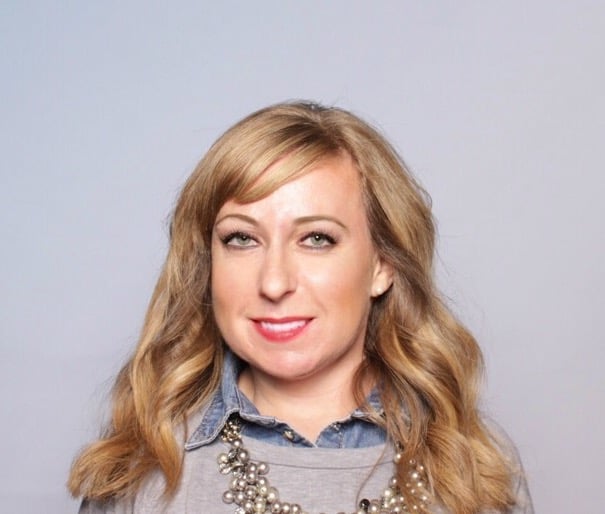



.png)
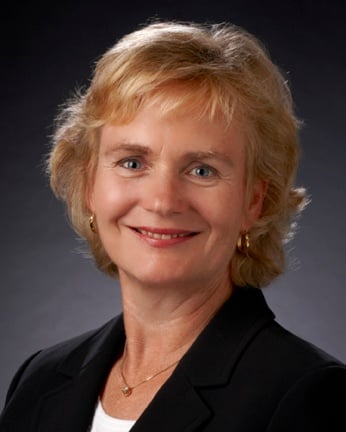
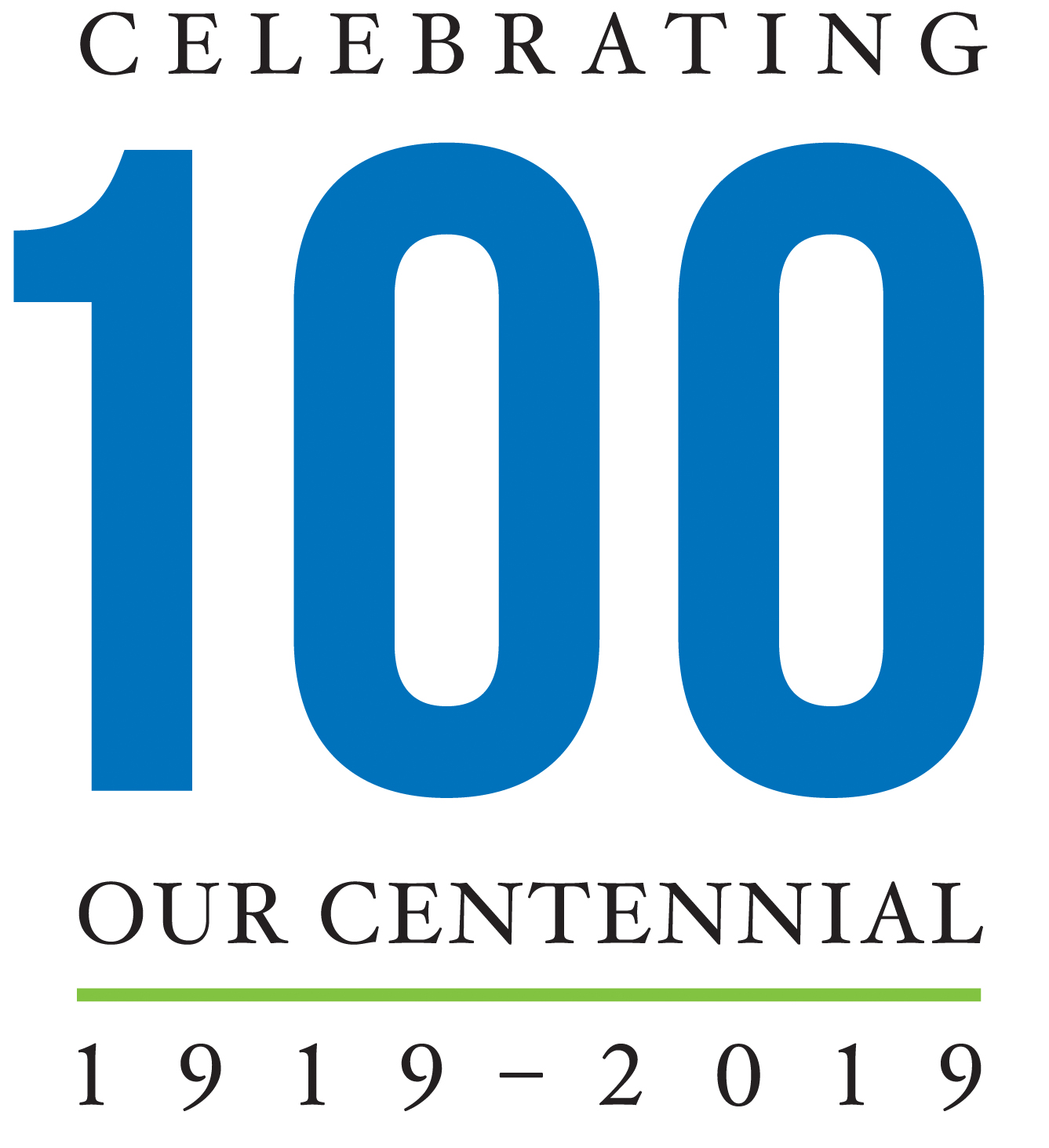
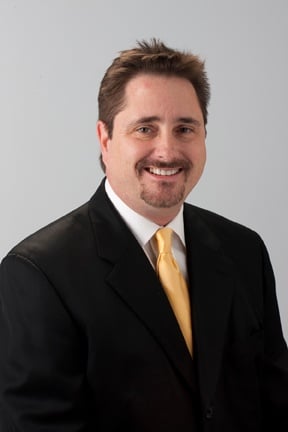
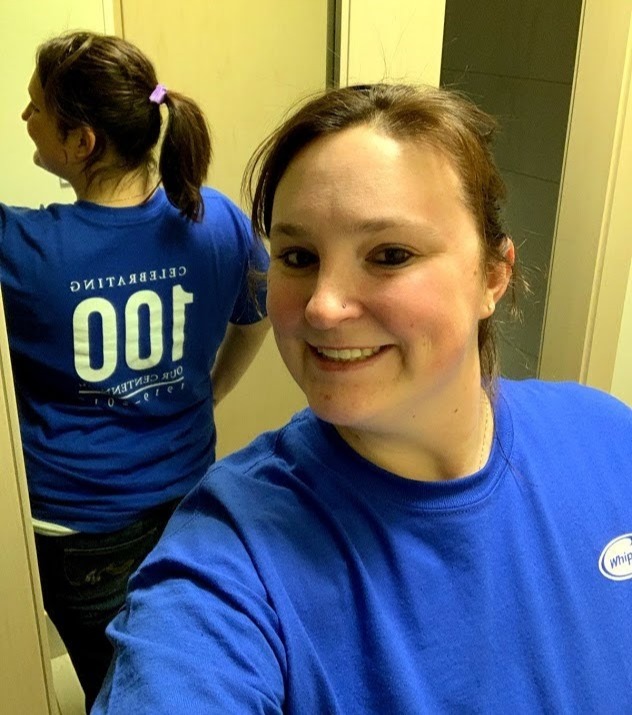
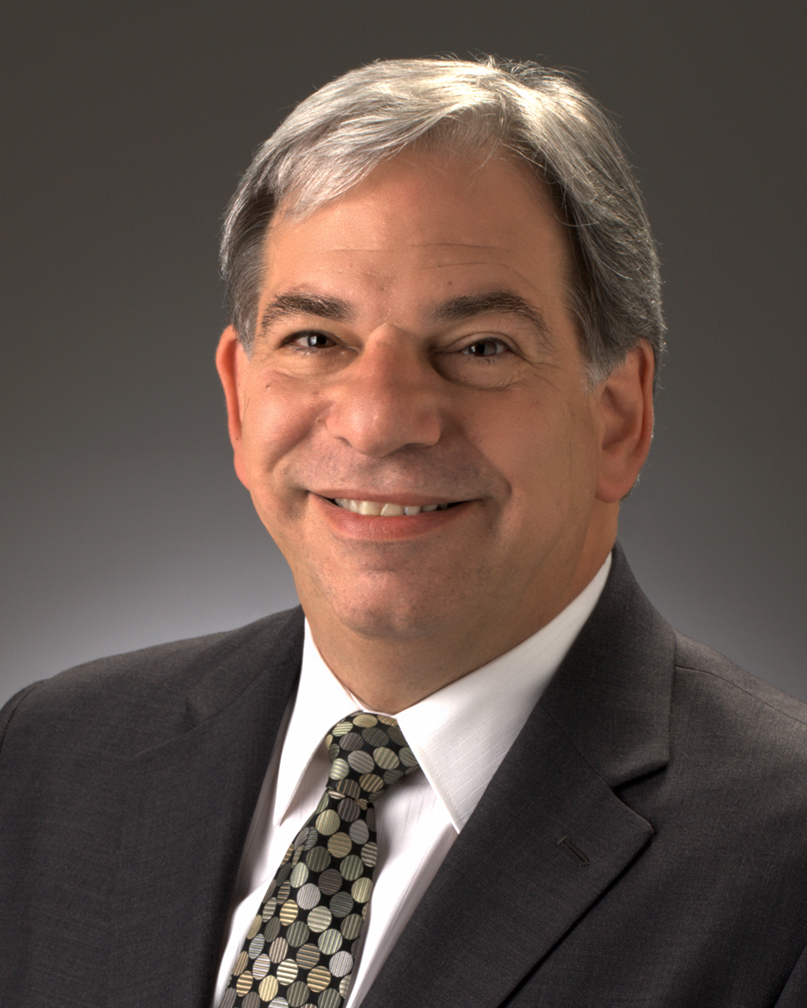
Leave a comment